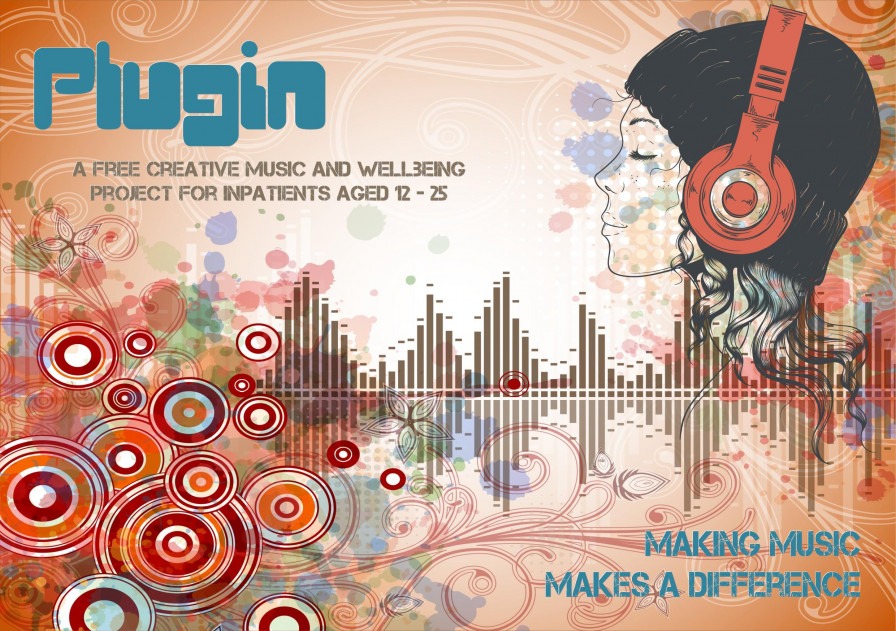Encouraging Creative Music-Making in Young People by Amy Coates (Young Music Leader on Quench Arts’ Plugin Project)

Over the past year I had the pleasure of working as a Young Music Leader for the Plugin Project run by Quench Arts. I worked in a mental health inpatient unit alongside another Music Leader to facilitate music-making with young people. Together, we explored their wide variety of musical passions, such as learning a traditional instrument like piano, songwriting and recording, and using the computer to make electronic tracks.
One thing that initially surprised me was the participants’ reluctance to write their own original music, with many finding it more within their comfort zone to learn covers instead. They often feared that their original music wouldn’t be ‘good enough’, felt overwhelmed by the amount of decision-making required, or felt uncomfortable performing and recording. Although young musicians without formal training can create some of the most unique music by not being bound by the rules and traditions that come with a ‘formal’ music education, it is difficult to convince a young person of this, especially when they may already struggle with low self-esteem. Really, these apprehensions shouldn’t have taken me by surprise because it reflected my own early relationship with composition. I clearly remember, and still experience, a vulnerability in writing my own music. Therefore, we found different ways to navigate these obstacles, and start composing.
One approach to reduce the pressure of decision-making was to break down the writing process into small steps. For example, we could start by choosing one chord, then choose another that complemented it. After recording these, the participant could use the notes of the chords to build a melody. For participants who needed further guidance, we presented them with two or three different options, so that they still had creative control of their project, without the pressure of too many choices.
Another way to make recording more approachable was to write instrumental music. This removed the worry of having to write or sing lyrics. We recorded melodies and chord sequences using a midi keyboard, meaning we could make any melodic changes or change the sound of the instrument itself after recording, giving more creative control to the young person without limiting them to what they could record in one sitting, on one instrument. This also helped remedy some of the fears around decision-making, as participants could alter their recording at any point in the process.
Another tool, and favourite activity of the participants, was to play a compositional game taught to me whilst studying for my undergraduate degree by saxophonist and composer Dee Byrne. We put cards numbered 1-8, reflecting the notes in one octave of a scale, in a random order across the floor. This became our melody line, to which we could add rhythms, chords, and other instrumental lines. It was a practice in making the ‘random’ into something musical. This not only provided an opportunity for the young people to practise their instruments and creative skills, but demonstrated that there is no wrong way to write music.
Working on the Plugin project reminded me of the fun, creative side of music-making, but nothing could compare to the joy of seeing the participants use their new musical skills and confidence to write incredible original music. Their collaborative album, now a physical CD, includes hip-hop, classical, low-fi, singer-songwriter, and a myriad of other genres. It is a testament to the talent and persistence of the young people, and the importance of schemes, such as Plugin, which inspire and facilitate this creativity.
